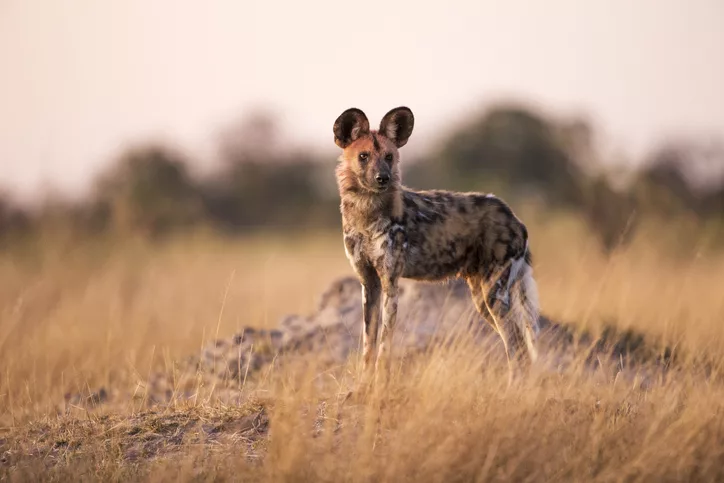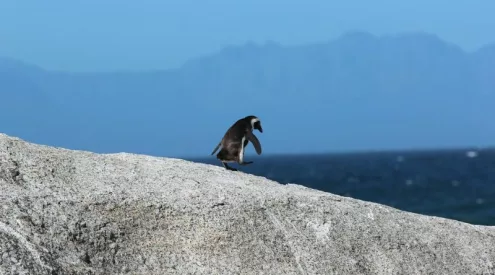What are species reintroduction programs?
Species introduction programs aid in promoting wildlife conservation by reintroducing endangered or locally extinct species to areas where they have or may become lost. These programs help create increased biodiversity and restore the overall ecological balance of the places where the species are introduced.
Species introductions can be conducted in different ways, such as releasing captive-bred individuals into the wild or translocating species from one area to another with suitable habitat. In some cases, animals that have been trafficked or injured are rehabilitated and then re-released into the wild to boost local populations. These are also sometimes referred to as rewilding programs.
It’s worthwhile to note that species introduction programs do carry inherent risks, like disrupting existing ecosystems when not introduced correctly. Supporting legitimate conservation efforts is crucial to preserving these species, so careful scientific assessments and monitoring are critical.
Successful species reintroduction can have a huge positive impact on local wildlife population levels, as well as aid ecological restoration. Here are three excellent examples of species reintroduction done right.

Picture:Getty Images
Akagera lion reintroduction in Rwanda
After the Rwandan genocide in 1994, lions became extinct in the Akagera National Park as refugees fled and settled in the area. In 2010, African Parks and the Rwandan government partnered together to reintroduce lions. In 2015, they officially entered the park and within a year, the population was able to double!
African Wild Dogs in Mozambique
Within Gorongosa National Park, Mozambique, local populations of African wild dogs have struggled to thrive after the devastating effects of the 1977–92 civil war. For twenty-eight months, wild dogs were relocated and successfully released into this area, with an impressive survival rate of 73% (with all deaths occurring from natural causes). The dogs formed wild packs, and bred, and raised new pups, helping create a healthy population for the first time in decades. This study was one of the first examples of successful African wild dogs.
Pangolins in South Africa
In 2019, seven pangolins were reintroduced at Phinda Private Game Reserve in KwaZulu-Natal. Pangolins have sadly been considered “ecologically extinct” in South Africa’s KwaZulu-Natal province for decades, but this has changed in recent years.
The African Pangolin Working Group rescues pangolins from the illegal wildlife trade and rehabilitates them through what they call a “soft release” program. This process utilizes technology like GPS and radio tags to track animals as they make their return to the wild. The animals are also given medical care and are weighed to ensure they remain in good health.
How do these programs affect Safari tourism?
Thanks to programs like these, local wildlife populations can not only flourish, but conservation parks can develop better infrastructure and secure the necessary funding needed to continue their valuable mission. Their presence promotes more sustainable travel options and ensures there are thriving populations for both locals and safari tourists to enjoy. Successful conservation efforts not only enrich the natural environment but also foster a deeper appreciation for wildlife, fostering a sense of responsibility and commitment to protecting our precious ecosystems for future generations.
Follow us on social media for more travel news, inspiration, and guides. You can also tag us to be featured.
TikTok | Instagram | Facebook | Twitter
ALSO READ: Dark skies & Wild roars: Astrotourism in Safari destinations















